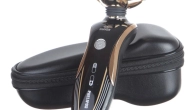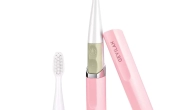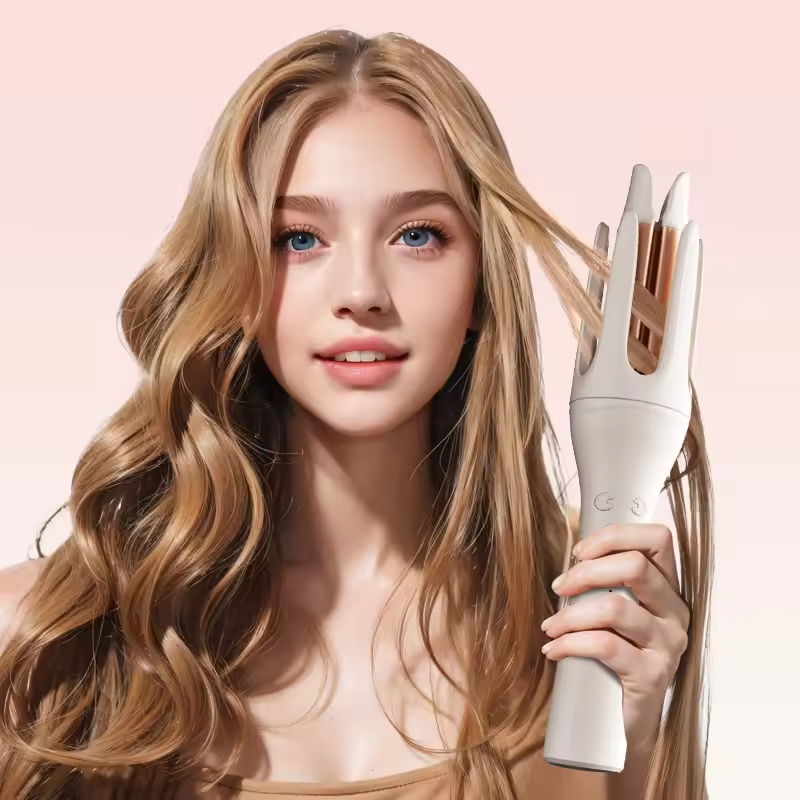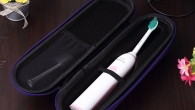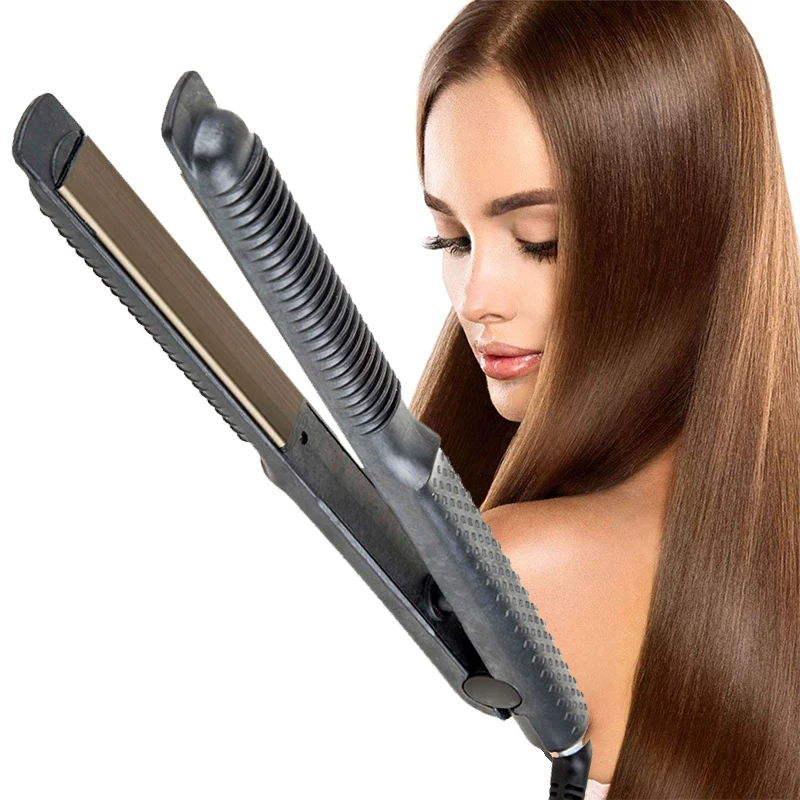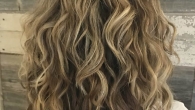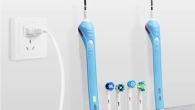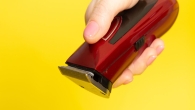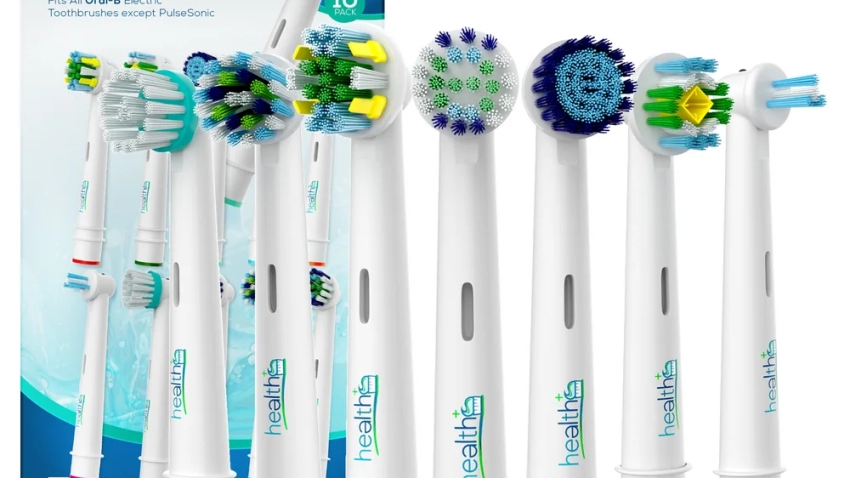
Electric Toothbrush Head Lifespan Explained
Importance of Replacing Electric Toothbrush Heads
Replacing electric toothbrush heads regularly is crucial for oral health. Old heads may not clean effectively. They can harbor harmful bacteria, leading to dental issues. It’s recommended to switch heads every 3 months for the best hygiene.
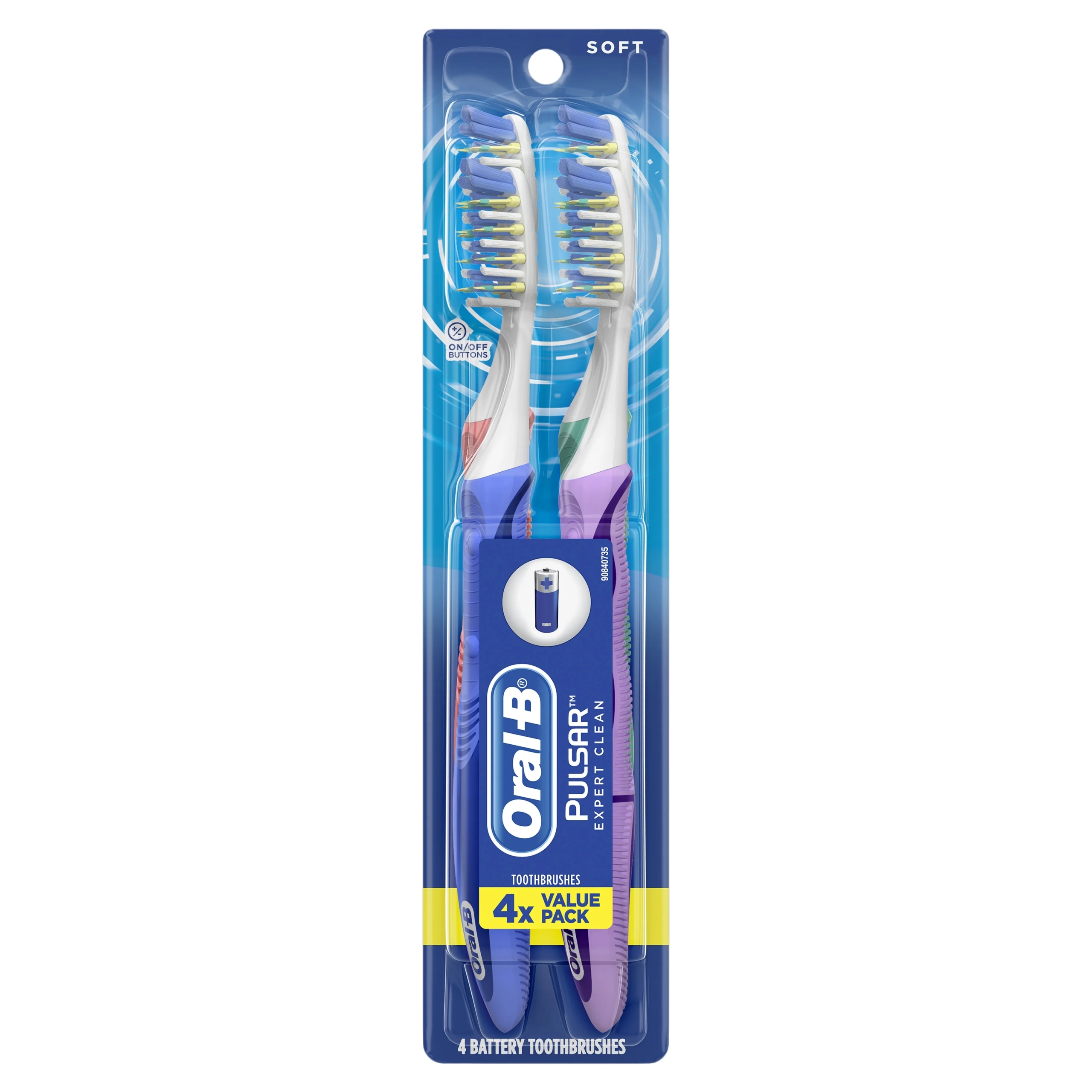
Indicators for Head Replacement
Look for these signs:
- Bristles spread out or frayed.
- Bristles lose their stiffness.
- Color indicators fade.
- Head damage, like cracks.
These signs show it’s time for a new head.
Consequences of Overused Brush Heads
Using a worn-out head can have bad outcomes. Plaque removal becomes less effective. Bristle damage can occur. This can cause gum disease and tooth decay. Always monitor your brush head’s condition.
Understanding Electric Toothbrush Head Durability
To keep your smile bright and healthy, understanding the lifespan of an electric toothbrush head is key.
Average Lifespan of Electric Toothbrush Heads
Electric toothbrush heads don’t last forever. On average, they can go strong for about 3 to 4 months. Beyond this point, they lose their magic touch, no longer sweeping away plaque like champs.
Factors Affecting Toothbrush Head Life
Not all toothbrush heads live the same life. How rough you brush, how often, and the head’s quality all make their marks. Here’s the breakdown:
- Brushing style: Go gentle, and your toothbrush head might last longer.
- Usage frequency: The more you brush, the quicker you’ll need a switch.
- Bristle quality: Top-notch bristles can take a beating and keep on cleaning.
- Toothpaste type: Abrasive kinds can wear down bristles faster than softer ones.
Remember, always look out for the wear-out signs. If your brush head looks beat, don’t delay—swap it out to keep your oral care on point.
Signs That It’s Time to Change Your Toothbrush Head
Bristle Wear and Effectiveness
You may need a new electric toothbrush head sooner than you think. Here’s what to look out for.
- Frayed or mashed bristles: They can’t clean teeth well anymore.
- Bristles bend out of shape: This means they won’t reach all parts of your mouth.
- The brushing feels less effective: If plaque doesn’t come off as easily, it’s time to switch.
Brush heads work best when they’re fresh. So, for a top-notch clean, don’t wait too long to change them.
Visual Indicators on Brush Heads
Many electric toothbrush heads have built-in reminders. They tell you when to replace them. Look for these signs:
- Color-change bristles: When they fade or change color, it’s a swap signal.
- Wear indicator strips: Some brushes have these strips to signal when it’s time.
These visual cues make it easy. They help you remember to keep your brush head fresh and your teeth happy.
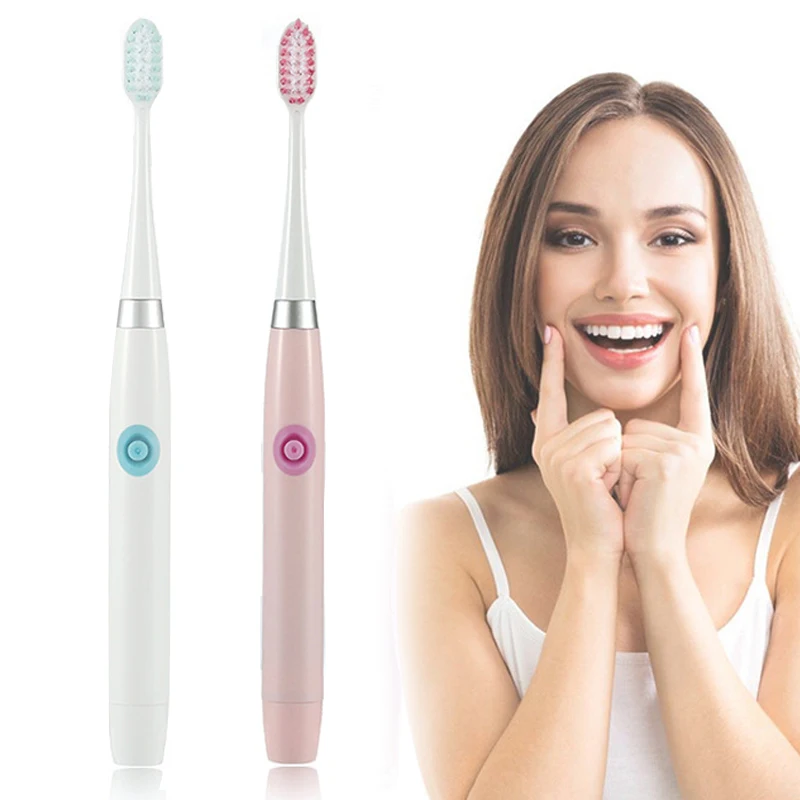 Maximizing Electric Toothbrush Head Usage
Maximizing Electric Toothbrush Head Usage
To keep your electric toothbrush head functioning optimally, proper usage and care are crucial.
Maintenance Tips for Longer Lasting Heads
Extend the lifespan of your electric toothbrush head with these simple maintenance tips:
- Rinse thoroughly: After each use, rinse the brush head to remove toothpaste and debris.
- Dry properly: Store the toothbrush in an upright position. Allow it to air dry completely.
- Avoid over-brushing: Brush gently to prevent premature wear and tear of the bristles.
- Store carefully: Keep the toothbrush away from contaminants and direct sunlight.
These practices ensure the head remains effective for longer, maintaining its ability to fight plaque.
Techniques for Proper Brushing
Proper brushing techniques enhance the effectiveness of your electric toothbrush:
- Two-minute rule: Brush for two minutes, providing ample time to clean all areas.
- Gentle motions: Use gentle, circular motions to avoid damaging the bristles.
- Cover all zones: Ensure to brush all parts of your mouth, including hard-to-reach areas.
- Change quadrant: Every 30 seconds, move to a different quadrant of your mouth.
By following these techniques, you ensure comprehensive cleaning, preserving both your oral health and the durability of the brush head.
Electric Toothbrush Features and Innovations
Modern electric toothbrushes offer features that extend head life and improve oral health.
Technology Enhancing Head Longevity
Advanced materials and smart tech lead to longer-lasting brush heads. For instance, some toothbrush heads have bristles that spring back to form. This ensures they keep their structure longer, despite daily use. Other heads include special coatings that resist bacterial growth.
Newer models alert you when to replace the head. These may have lights or signals connected to an app. Some even track brushing habits to suggest optimal replacement times.
Benefits of Various Brushing Modes
Electric toothbrushes come with multiple modes. Each mode caters to different needs, helping to conserve head life. For example:
- Daily Clean: For everyday use, balancing thoroughness with gentle brushing to minimize wear.
- Gum Care: Intended for gentle stimulation and cleaning of the gums, these modes can reduce bristle pressure.
- Sensitive: Lower intensity settings for those with sensitive teeth and gums help to limit bristle stress.
- Whitening: Often involves a polishing action that works without extensive bristle movement.
All these innovations are designed to offer a tailored brushing experience. This customization can lead to less force being applied, which in turn, can prolong the life of the toothbrush head.
Recognizing and Addressing Common Electric Toothbrush Issues
Electric toothbrushes can face several issues that affect their performance and lifespan. Understanding these issues can help ensure your toothbrush remains effective.
Battery Life and Toothbrush Performance
Battery life significantly influences electric toothbrush performance. Over time, battery capacity can diminish. This results in reduced power and effectiveness of the toothbrush. To maintain optimal performance:
- Charge your toothbrush regularly.
- Avoid leaving it on the charger after reaching full charge.
- Replace the toothbrush if you notice a persistent decrease in battery life.
These steps help maintain the toothbrush’s efficiency and ensure consistent oral hygiene.
How Worn-Out Bristles Impact Oral Health
Worn-out bristles are more than just ineffective; they can harm your oral health. When bristles wear out, they fail to remove plaque effectively. This can lead to increased risk of cavities and gum disease.
To keep your teeth healthy, watch for these signs of bristle wear:
- Bristles spread out or appear frayed.
- Bristles lose their original stiffness or shape.
- Reduced cleaning efficiency noticed during brushing.
Regularly replacing your toothbrush head can avoid these issues, maintaining your dental health at its best.
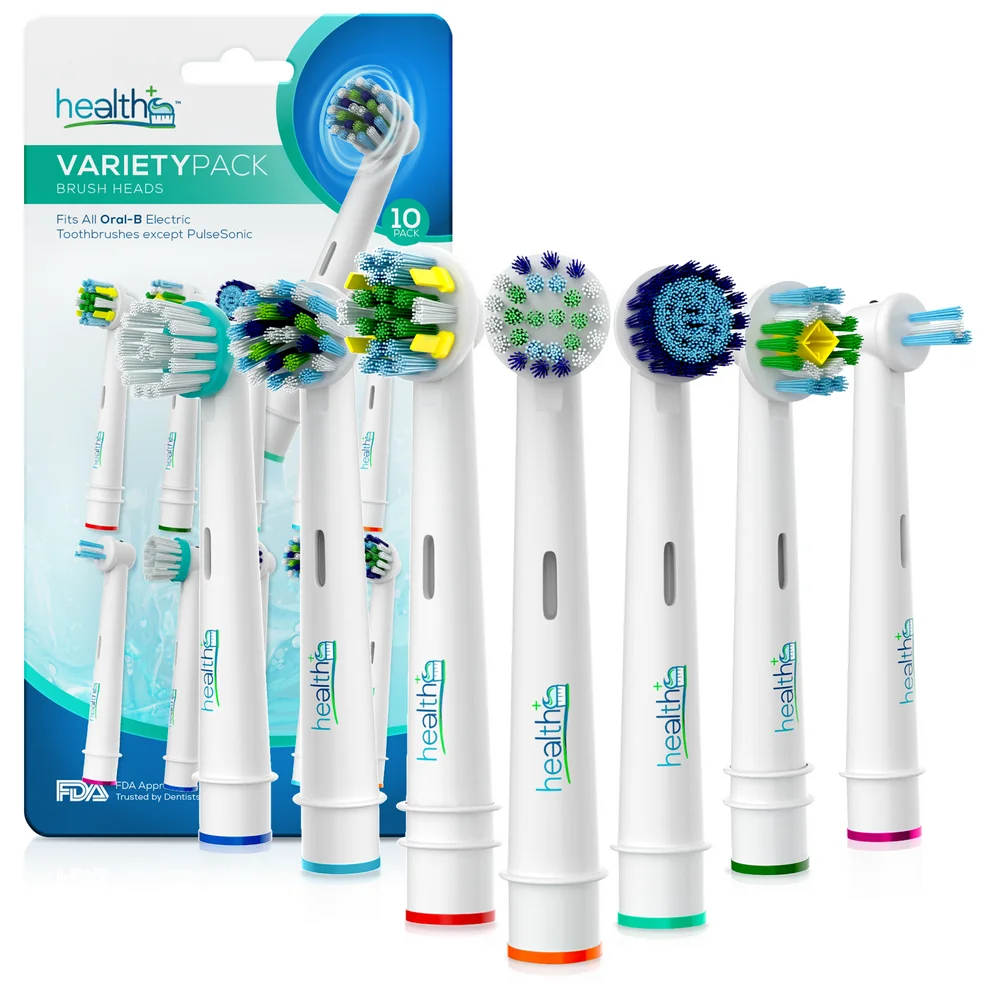 Best Practices for Toothbrush Hygiene
Best Practices for Toothbrush Hygiene
Ensuring your electric toothbrush remains effective involves more than regular head replacements. Proper hygiene and storage are also essential.
Storing and Cleaning Your Electric Toothbrush
Here are tips to keep your electric toothbrush in top shape:
- Rinse thoroughly after use: Remove toothpaste and debris.
- Store upright: This helps water drain from the bristles, preventing bacterial growth.
- Let it air dry: Store it in open air to dry completely before the next use.
- Keep the charging area clean: Wipe the base and handle regularly to prevent dust and grime.
Implementing these steps will help extend the lifespan of your toothbrush and maintain hygiene.
Recommendations for Regular Head Replacement
Change your electric toothbrush head often to prevent oral health problems. Here’s how often you should change the head based on different scenarios:
- Every 3 to 4 months: This is a standard recommendation for most users.
- After illness: Replace the head immediately to avoid re-contamination.
- If there are signs of wear: Such as frayed or discolored bristles.
Follow these guidelines to ensure your electric toothbrush is always in good condition for optimal cleaning. These practices help in avoiding not just dental issues but also in maintaining overall oral health.




